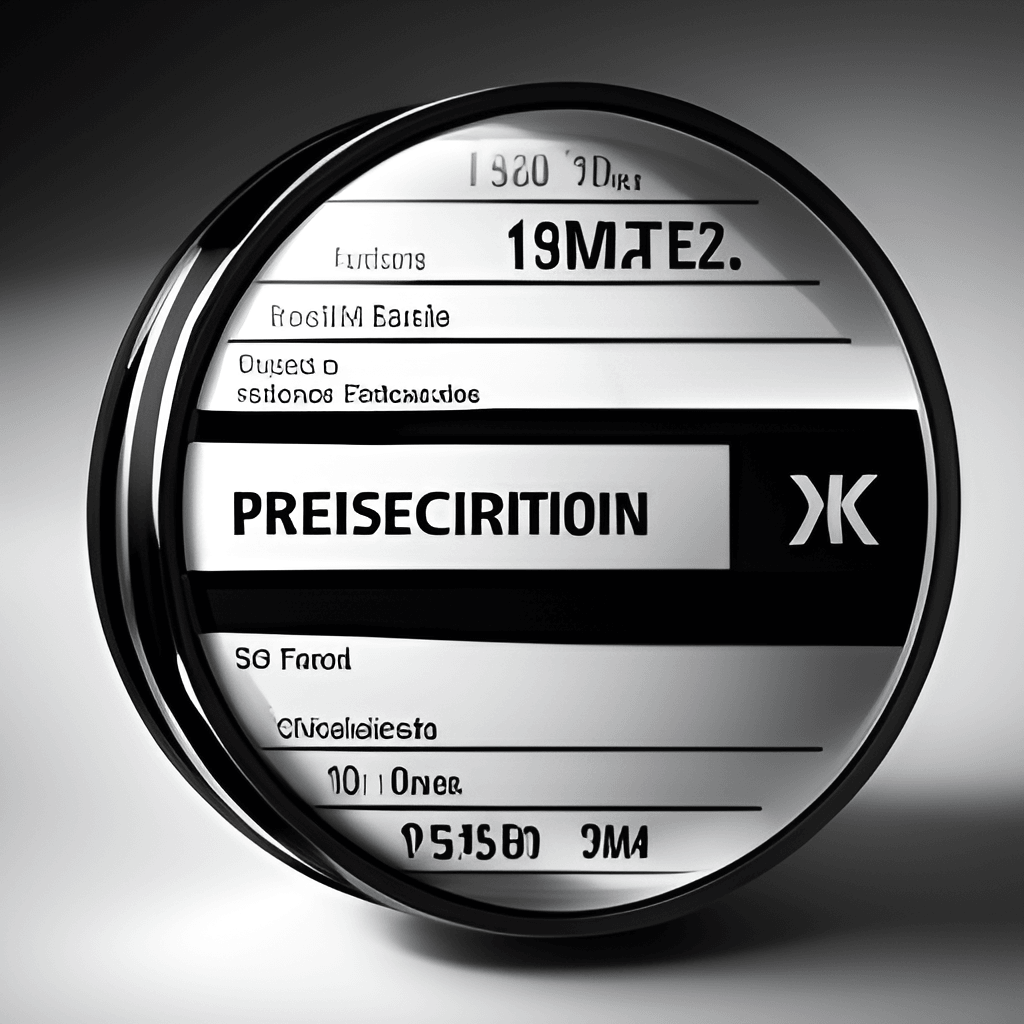
Semaglutide is a medication used to treat type 2 diabetes. It belongs to a class of drugs known as GLP-1 receptor agonists. These drugs work by stimulating the release of insulin from the pancreas and reducing the amount of glucose produced by the liver.
How does Semaglutide work?
Semaglutide mimics the effects of a naturally occurring hormone called GLP-1. GLP-1 is produced in the gut and stimulates the release of insulin from the pancreas. Insulin is needed to transport glucose from the bloodstream into cells, where it can be used for energy.
In addition to stimulating insulin release, GLP-1 also slows down the rate at which food passes through the stomach. This helps to reduce the amount of glucose produced by the liver and reduces appetite.
How is Semaglutide taken?
Semaglutide is taken by injection, usually once a week. It is important to follow the instructions provided by your healthcare provider and to take the medication at the same time each week.
The medication comes in a prefilled pen, which makes it easy to self-administer. Your healthcare provider will show you how to properly use the pen and inject the medication.
What are the side effects of Semaglutide?
Like all medications, Semaglutide can cause side effects. The most common side effects include nausea, vomiting, and diarrhea. These side effects usually go away on their own after a few days or weeks.
Less common side effects include pancreatitis, kidney problems, and allergic reactions. If you experience any of these side effects, it is important to contact your healthcare provider right away.
Conclusion
Semaglutide is a medication used to treat type 2 diabetes. It works by stimulating the release of insulin from the pancreas and reducing the amount of glucose produced by the liver. It is taken by injection, usually once a week. Like all medications, it can cause side effects, so it is important to talk to your healthcare provider about the benefits and risks of taking Semaglutide.


